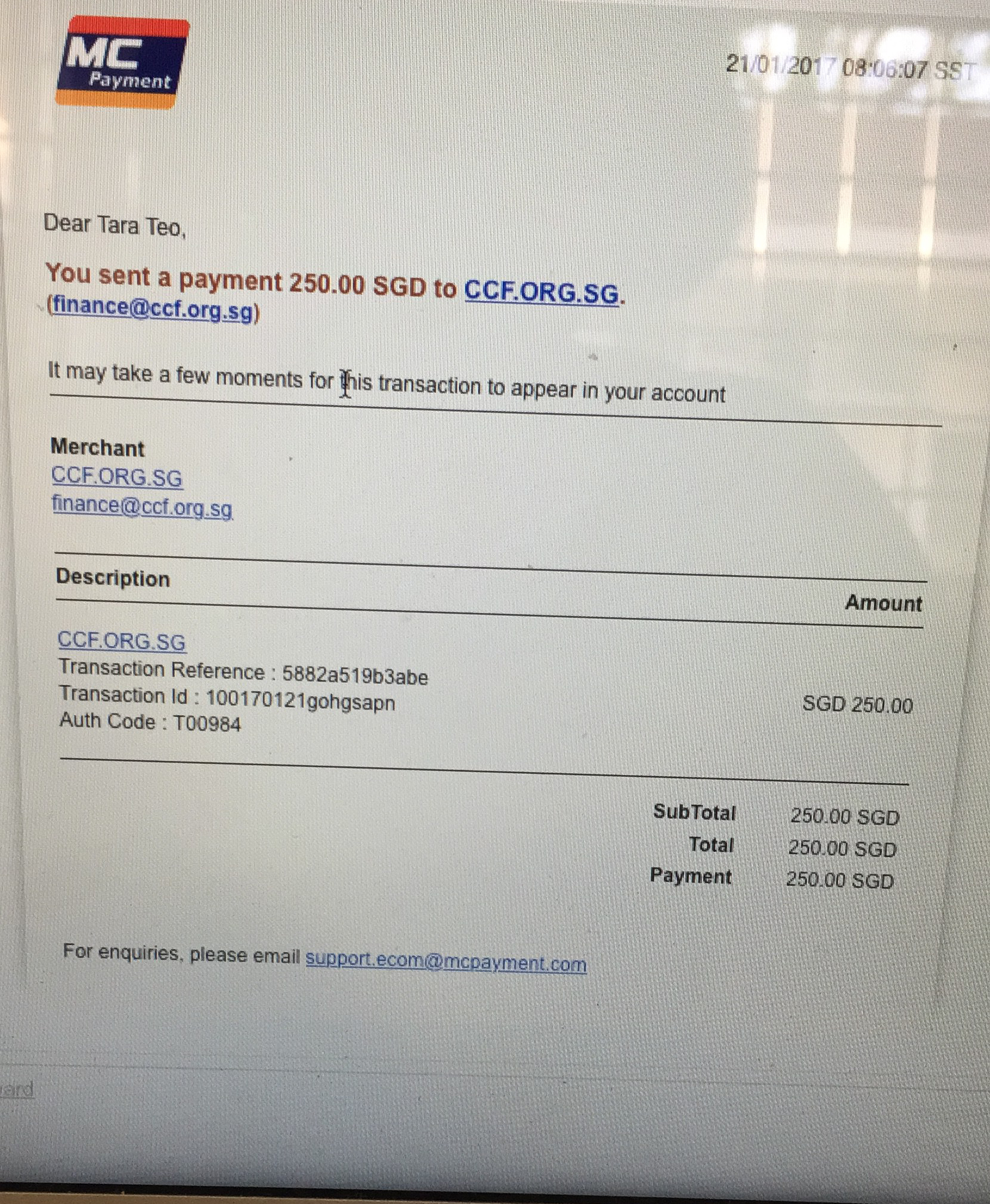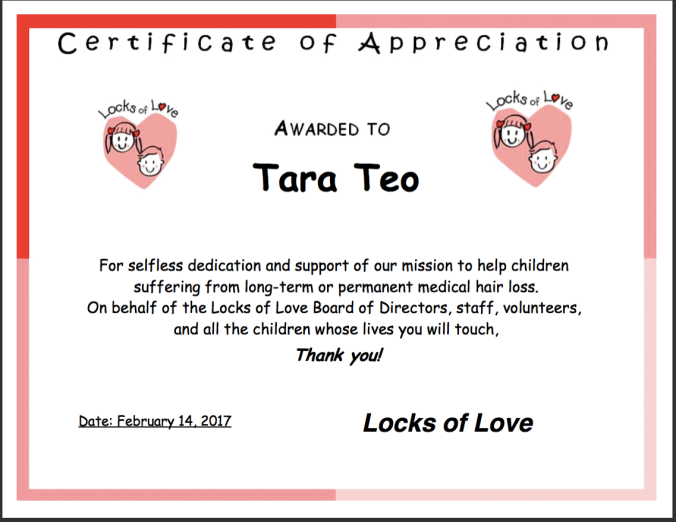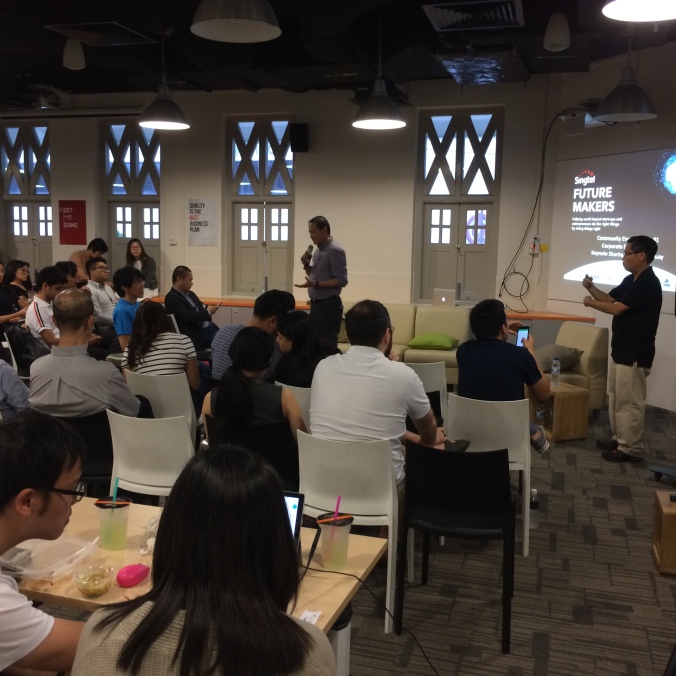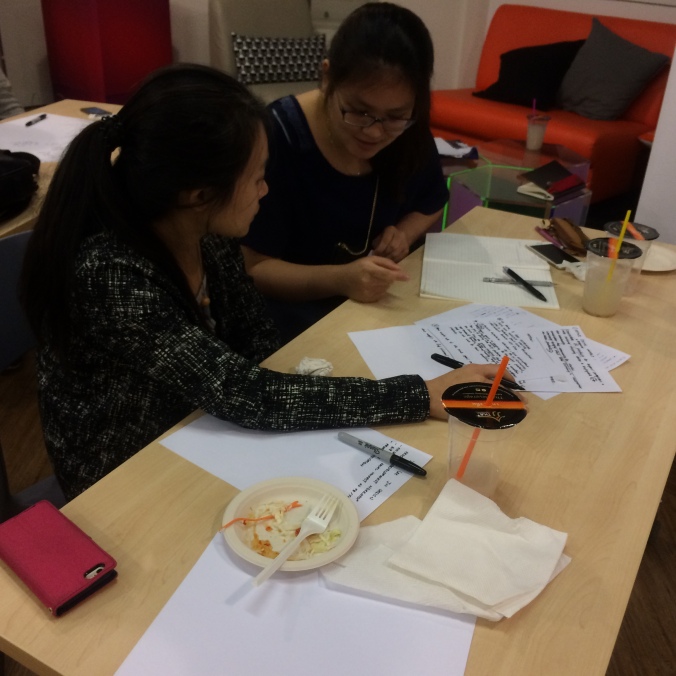
Having a disability, or caring for a loved one with a disability can be challenging. Physical, mental and emotional challenges aside, having a disability or caring for a loved one with an impairment can be a real financial strain.
Thankfully, in the last decade or so, as Singapore takes significant steps toward creating a more inclusive society where persons with disabilities (PWDs) can truly become empowered and recognised, more funding has been funnelled into helping children with special needs and persons with disabilities.
If you are searching for avenues of financial assistance for PWDs, look no further as we have compiled a list of grants and subsidies you could apply for. The list has been broken down into several categories, namely:
- Support for Early Education, Study/ Training Bursaries and Grants
- Transport Cost Subsidies, Assistive Technology
- Support for the Elderly
- Saving Schemes
- Activity Centres and Disability Homes
This list is in no way exhaustive, so if anyone reading this would like to share more information regarding grants, subsidies, or whatever financial assistance schemes that has not been covered here, please let us know in the comments section below so we could update the list to make it as comprehensive as possible.
Support for Early Education by SG Enable
Development Support Programme
The Development Support Programme (DSP) helps kids with mild developmental needs to improve and overcome their language, literacy and social skills when they are in preschool (before six) to prepare them for primary education. On top of the monthly base subsidy of $300 that all Singaporean children are entitled to, parents will also receive further subsidies based on their income per capita.
*Children who are enrolled in an Early Intervention Programme for Infants and Children (EIPIC) are not eligible for DSP.
Early Intervention Programme for Infants & Children (EIPIC)
The Early Intervention Programme for Infants & Children (EIPIC) provides social, educational and therapy services for children below the age of 6 who are diagnosed with moderate to severe disabilities. Through this programme, the kids will be able to participate freely in activities that will help with their development growth potential and also help minimise the development of their secondary disabilities. The fees at these EIPIC centres are means-tested, so families will be entitled to subsidies according to their income per capita.
*Applicants will undergo an initial screening before admittance to the programme.
Integrated Childcare Programme (ICCP)
The Integrated Childcare Programme (ICCP) caters to children with mild to moderate disabilities, aged between 2 and 6 years old, by providing them with a conducive environment to learn alongside their peers in an inclusive programme offered in existing childcare centres. The programme aims to better prepare children for integration into primary education. Working mothers will be eligible for subsidies of up to $300, and non-working mothers, up to $150.
Study/ Training Bursaries and Grants
Caregivers Training Grant (CTG)
The Caregivers Training Grant (CTG) is a $200 annual subsidy that helps defray the cost of training caregivers who need to acquire to better care for and cope with the physical and socio-emotional needs of the person with disability whom they are caring for. The caregiver must be a person in charge of the care recipient, who in turn has to be at least 65 years of age or has a disability as assessed by a doctor.
*This grant also falls under Support of the Elderly.
Microsoft Unlimited Potential Professional Certification Training Grant
The Microsoft Unlimited Potential Professional Certification Training Grant enables PWDs with a PCI< $700 or less, based on means-testing, to undergo Microsoft professional training for employment opportunities in IT-related work. The grant funds 50% of the total course fee and other fees relating to the course or up to $3,000 per year, whichever is lower. Applicant is allowed one grant per every two years.
SPD Bursary Award
The SPD Bursary Award is offered to students with physical or sensory disability, i.e. hearing or visual impairment, from low-income families with a PCI of less than $950, studying in mainstream schools. The quantum of the grant ranges from $300 per year for primary level to $6,000 per year for university level.
| Educational Level | Quantum of Subsidy |
| University | $6,000 per year |
| Polytechnic | $2500 per year |
| ITE | $850 per year |
| Pre‐U/Junior College | $500 per year |
| Secondary | $400 per year |
| Primary | $300 per year |
Wan Boo Sow Charity Fund
The Wan Boo Sow Charity Fund aims to provide financial assistance to needy students studying in polytechnics, PWDs, and homebound elderly. Financial assistance is provided for PWDs for their expenses on education, medical needs, therapy, transport, and purchase of assistive equipment. The percentage of subsidy is tiered based on monthly per capita household income (not more than PCI =$1300) and capped at a maximum of $5,000 per annum.
*This grant also falls under Support for the Elderly
Transport Costs Subsidies
Taxi Subsidy Scheme
The Taxi Subsidy Scheme aims to defray transportation costs of PWDs by providing taxi subsidies for those of whom are only able to travel by taxi for school and work. Subsidy rates are means-tested, allowing significant subsidies based on monthly household income.
| Per Capita Monthly
Household Income |
Subsidy Rate | |
| Singapore Citizen | Permanent Resident | |
| $0 to $700 | 50% | 25% |
| $701 to $1,100 | 40% | 20% |
| $1,101 to $1,600 | 30% | 15% |
| $1,601 to $1,800 | 20% | 10% |
| $1,801 to $2,600 | 0% | 0% |
| $2,601 and above | 0% | 0% |
VWO Transport Subsidy for Persons with Disabilities
The VWO Transport Subsidy for Persons with Disabilities provides subsidised transport options for PWDs for those of whom who regularly use dedicated transport services provided by VWOs to attend their school and care service. Like the Taxi Subsidy Scheme, the VWO Transport Subsidy is provided based on PCI.
| Per Capita Monthly Household Income | Subsidy Rate
(Singapore Citizen) |
Subsidy Rate
(Permanent Resident) |
| $0 to $700 | 80% | 55% |
| $701 to $1,100 | 75% | 55% |
| $1,101 to $1,600 | 60% | 40% |
| $1,601 to $1,800 | 50% | 30% |
| $1,801 to $2,600 | 30% | 0% |
| $2,601 and above | 0% | 0% |
Assistive Technology Grants
SG Enable’s Assistive Technology Fund (ATF)/ Special Assistance Fund (SAF)
The Assistive Technology Fund (ATF) provides subsidies for PWDs to acquire, replace, upgrade or repair assistive technology devices that aid in daily living. Successful applicants qualify for a means-tested subsidy of up to 90% of the cost of the required equipment, subject to a lifetime cap of $40,000.
For adults who are unemployed, application is made to Special Assistance Fund SAF. The per capita net monthly household income is ≤$1,300.
* Any other fund administered by NCSS, SG Enable, or Agency for Integrated Care (AIC) for the same purpose would disqualify an applicant from the SAF.
SPD’s Assistive Technology Loan Library
The Assistive Technology Loan Library (AT Loan Library) has a wide range of AT devices available for loan or for the purpose of trial use, training and temporary accommodation. Loans are extended to people with disabilities as well as professionals working with people with disabilities. Deposit and nominal renting fees apply.
Support for the Elderly
HDB’s Enhancement for Active Seniors (EASE)
The Enhancement for Active Seniors (EASE) programme, part of the Home Improvement Programme (HIP), was rolled out separately and offered to all towns in March 2013. Catered to the elderly, especially those who require assistance for one or more of the Activities of Daily Living (ADL) with improvement items such as slip-resistant treated tiles, or grab bars, to make flats more elder-friendly and improve mobility and comfort for elderly residents. The programme is greatly subsidised, and depending on the type of flat you live in (as per table below), can cover up to 95% of the total cost.
| Per Capita Monthly
Household Income |
Subsidy Rate | |
| Singapore Citizen | Permanent Resident | |
| $0 to $700 | 90% | 65% |
| $701 to $1,100 | 65% | 50% |
| $1,101 to $1,800 | 40% | 30% |
| $ $1,801 and above | 0% | 0% |
Figures are estimates and subject to change
Singapore Silver Pages is a one-stop resource on Community Care information to help you make informed care choices by making it easier to find the information you need. SSP is the first portal to integrate social care, healthcare, mental health and caregiving resources under one roof for seniors, caregivers and care decision makers. The following are some schemes listed in SSP’s portal.
Pioneer Generation Disability Assistance Scheme (PioneerDAS)
The Pioneer Generation Disability Assistance Scheme (PioneerDAS) is part of the Pioneer Generation Package, which honours the contributions of Singapore’s pioneers towards the development of the country. Under this scheme, pioneers with disabilities can receive $100 a month, which they can use for expenses. The care recipient must be a pioneer living in Singapore and require permanent help in at least three ADL
Seniors’ Mobility and Enabling Fund (SMF)
The Seniors’ Mobility and Enabling Fund (SMF) provides holistic support for seniors on low income by extending three different subsidies to Singaporean seniors with different needs.
- The SMF subsidy for Assistive Devices provides financial assistance to those requiring mobility and assistive devices for daily independent living. To qualify for the subsidy, the elderly has to be a Singaporean citizen aged 60 or older, assessed by a medical professional, and making claims for the device in its category for the first time.
- The SMF subsidy for Transport aids seniors’ transportation cost for attending any day services at the Ministry of Health-funded Eldercare Centres, Dialysis Centres or Day Hospices. The elderly must be assessed to require a wheelchair, any form of special transport, walking aides, or assistance when travelling, and must not be already getting subsidies for the same transport service.
- The SMF subsidy for Home Healthcare Items alleviates the costs of healthcare items by providing subsidies for products such as milk supplements, adult diapers, and wound dressing. The elderly must be receiving healthcare services at home or at the Singapore Programme for Integrated Care for the Elderly (SPICE) Centre, and must be assessed to determine the type of healthcare items required.
Caregivers Training Grant (CTG)
The Caregivers Training Grant (CTG) is a $200 annual subsidy that helps defray the cost of training caregivers who need to acquire capabilities to better care for and cope with the physical and socio-emotional needs of the person with disability whom they are caring for. The caregiver must be a person in charge of the care recipient, who in turn has to be at least 65 years of age or has a disability as assessed by a doctor.
*This grant also falls under Study/Training Bursaries and Grants.
Wan Boo Sow Charity Fund
The Wan Boo Sow Charity Fund aims to provide financial assistance to needy students studying in polytechnics, PWDs, and homebound elderly. Financial assistance is provided for homebound frail seniors who require help with expenses ranging from personal care to meals, and even escort services. The percentage of subsidy is tiered based on monthly per capita household income (not more than PCI =$1300) and capped at maximum of $5,000 per annum.
*This grant also falls under Study/ Training Bursaries and Grants.
Savings Schemes
Special Needs Savings Scheme
The Special Needs Savings Scheme is a way for parents to set aside funds from their CPF savings by nominating their child with special needs to be entitled to their savings so the child can receive a regular stream of fixed payouts upon their demise.
Activity Centres and Disability Homes
Residential Care Services At Children Disability Homes
The Residential Care Services At Children Disability Homes are for children under 16, diagnosed with congenital disabilities, and without caretakers. Not only do these homes provide the children with the option of staying for short or long periods of time, they also enable the children to undergo therapy and training, as well as participate in recreational activities that will help to maximise their abilities. There are four different centres providing different services, so it is important to choose one that best suits the child’s needs. The fees at these disability homes are means-tested, entitling families to subsidies according to their income per capita.
Metta Day Activity Centre for the Intellectually Disabled
The Metta Day Activity Centre for the Intellectually Disabled caters to beneficiaries aged between 18 and 55 who are diagnosed with intellectual impairment such as Down’s Syndrome, Autism and developmental delay. Programmes at the activity centre are individually designed to help each person achieve maximum gains in his/ her abilities. Like Residential Care Services at Children Disability Homes, the Metta Day Activity Centre for the Intellectually Disabled is also means-tested for fees, providing families with substantial subsidies.
We hope this list of financial assistance and/or related schemes PWDs can apply for would be useful. Once again, we recognise that the list is not exhaustive and there might have been updates since we ended our research. We have made deliberate attempts to look for schemes spanning a wide categorical spectrum so as to hopefully provide you with help in the area you are looking for.
Stay up to date with the Singapore disabilities community
There is a large community of people with disabilities here in Singapore, and they are not always visible to the rest of the population. So if you would like to be to be a part of a community that openly celebrates the beautiful gift and unlimited potential of persons with disabilities and stay up to date with the community, sign up for the newsletter in the link below. Together, we can connect entire communities of people to a world of colours.
Sign up for the Irisada newsletter here.
*This article is written for Irisada in hopes of providing information on financial solutions for PWDs who might need financial assistance.















